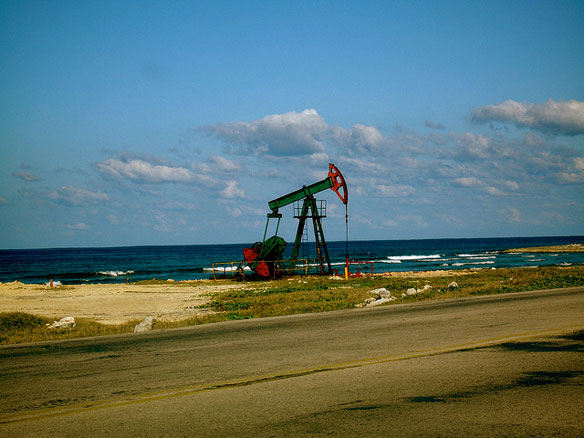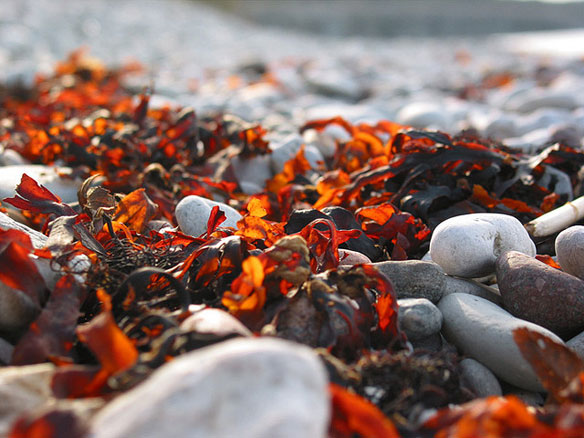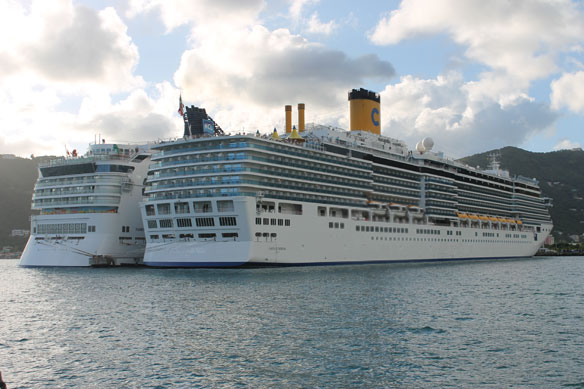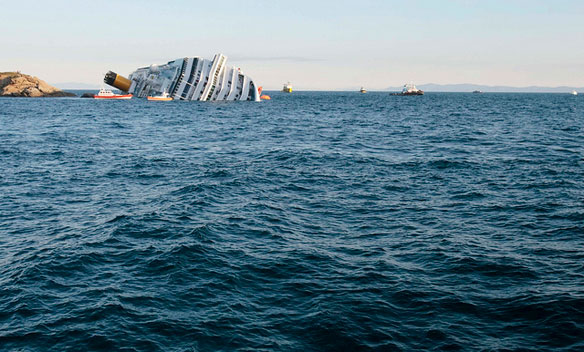Japan Studies Flora and Fauna Near Fukushima Plant

Japanese scientists are studying how radiation has affected plants, animals, shellfish and other wild flora and fauna living in and around the 20 kilometre (12 mile) no-go zone surrounding the crippled Fukushima nuclear plant.
Long-term Response Plan for Possible Cuban Oil Spill

US researchers have drafted a plan to best prepare South Florida in case of an eventual oil spill off the coast of Cuba. The proximity of intended Cuban oil drilling and production puts the coastal zone at risk from Florida to the Carolinas and northward.
Coastal Storms Have Long-Reaching Effects, Study Says

Coastal storms are known to cause serious damage along the shoreline, but they also cause significant disruption of the deep-sea ecosystem as well, according to a study of extreme coastal storms in the Western Mediterranean.
Breakthrough in Seaweed Biofuel Reported

Energy experts believe that seaweed holds enormous potential as a biofuel alternative to coal and oil, and US-based scientists say they have unlocked the secret of turning its sugar into energy.
Cruise Ship Threatens Marine Paradise

The risk of environmental damage to the Tuscan Archipelago National Park seas’ has not yet receded, as half-million gallons (2,400 tons) of black goo are still trapped within the capsized Costa Concordia luxury liner, in danger of leaking out and polluting some of the Mediterranean’s most unspoiled sea.
Ghana’s Booming Offshore Oil Industry and Environmental Concerns

Environmental concerns are raised as more oil companies begin drilling off the coast of Ghana. Does the country have the resources to cope with a major spill?
Huge oil rig arrives to explore in Cuban waters

A massive drilling rig arrived Thursday in the warm Gulf waters north of Havana, where it will sink an exploratory well deep into the seabed.
Ocean Giants Ban Needed on Italy Coasts: Environmentalists

As the search continues for any further survivors of the 17-deck cruise ship Costa Concordia that capsized in the middle of a marine nature reserve off Tuscany, questions are being asked about the potential environmental impact and threats to the coastline. We have a huge ship with tanks full of fuel, aground on an island in a sea fringed with natural protected areas.
Flipped from Head to Toe: 100 Years of Continental Drift Theory

Exactly 100 years ago, on 6 January 1912, Alfred Wegener presented his theory of continental drift to the public for the first time. At a meeting of the Geological Association in Frankfurt’s Senckenberg Museum, he revealed his thoughts on the supercontinent Pangaea, which broke apart and whose individual parts now drift across Earth as today’s continents.
